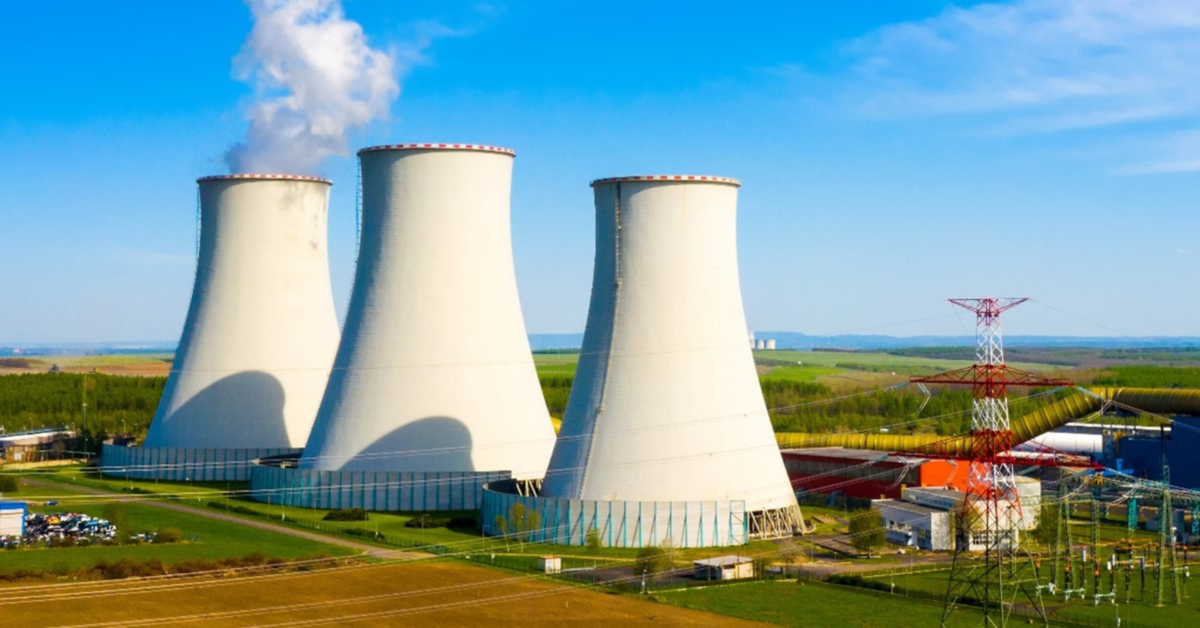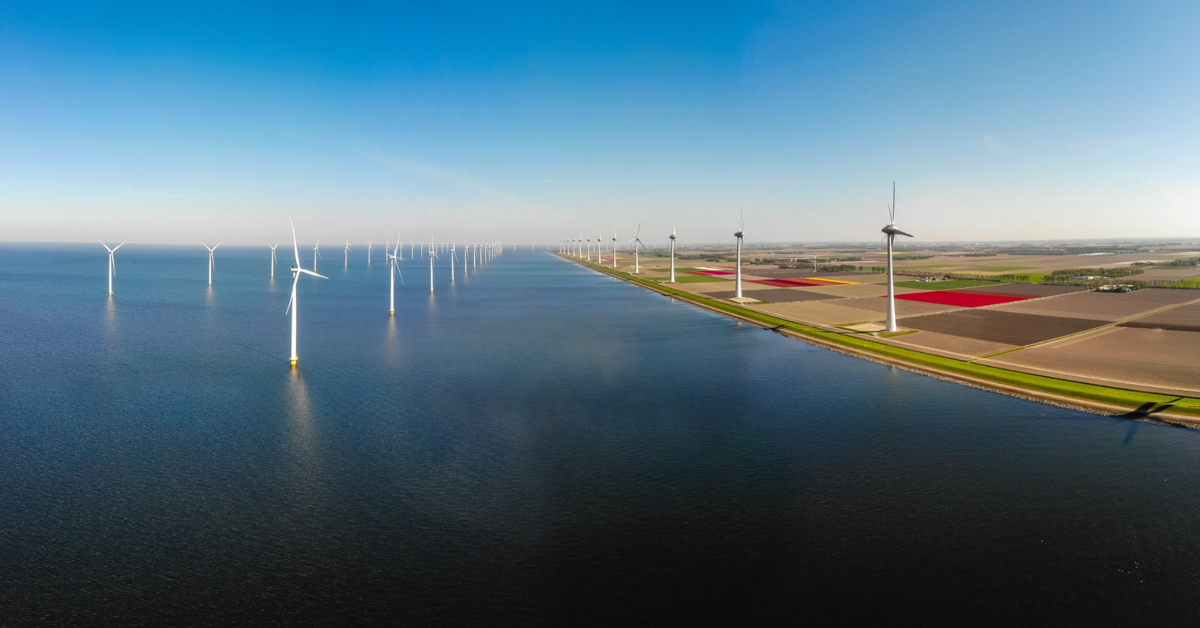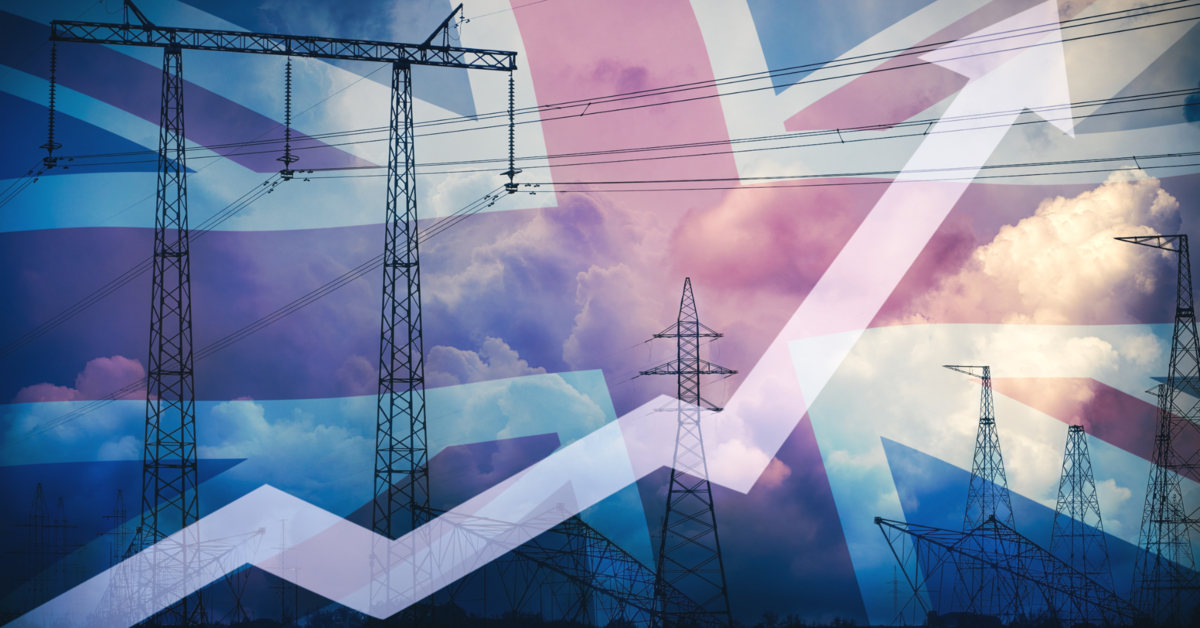Sustainable Aviation Fuels: A Plausible Way to Decarbonize the Aviation Sector?
At a Glance
The aviation sector now accounts for roughly 3% of global greenhouse gas emissions. This share is bound to increase in the coming years – per business-as-usual scenarios – once the sector returns to its regular post-Covid activity. The anticipated growth of air traffic and fuel use drives the need to step up decarbonization efforts across the aviation sector. Sustainable aviation fuels (SAF) could be a key driver in this endeavor. The development of a viable SAF market requires public interventions to foster: (1) demand, through blending obligations; (2) innovation in both feedstocks and aircraft engine; and (3) reliable and affordable supply, both domestic and international, by de-risking investments along the SAF value chain.
Air traffic has doubled over the past 20 years, driving an increase in demand for fuel globally. As of 2019, the aviation industry accounted for 7.8% of final gasoline consumption – a hefty 95 billion gallons (360 billion liters). This has also driven the 146% growth of CO2 emissions in the industry between 1990 and 2019, such that it now accounts for 3% of global emissions.
While the pandemic brought the sector to a halt, global air traffic is resuming and by the end of 2023 could return to pre-crisis levels of four billion passengers per year. The International Air Transport Association (IATA) projects that the total number of travelers may reach 103% of pre-Covid levels in 2024 and 111% in 2025, while the International Civil Aviation Organization (ICAO) published scenarios in 2019 predicting fourfold growth in the sector by 2050 along with two to fourfold growth in emissions, according to business-as-usual scenarios.
Decarbonizing the aviation sector is key for sustained sector growth
Given the growth of the sector, the importance of its decarbonization is self-evident. Several channels should be pursued in decarbonization, including optimizing air traffic management and improving aircraft technology and standards. The latest generation of aircraft, for example, is expected to generate 15% to 25% fewer emissions per mile flown, which is why the European Commission plans to include improved performance aircraft within its green taxonomy, classifying them as "sustainable investment."
But these efforts have limited immediate impact on decarbonization. For the foreseeable future, greener tech, such as hybrid- and full-electric aircraft, could only be deployed for ultra-short-haul flights, while greener fuels, such as hydrogen, would be limited to short- and medium-haul flights and might account for a mere 7% of flights by mid-century. Hydrogen and electrification would also require investing into entirely new infrastructures at airports.
Sustainable aviation fuels (SAF), in contrast, can be deployed rapidly since they can be used without modifying existing infrastructure, such as airplane engines or airport storage facilities – at least under current blending requirements (see below). And while SAF is four times more expensive than conventional jet fuel, it can reduce flight emissions by up to 70% and could therefore constitute a major tool to decarbonize the aviation sector.
The road to SAF standardization
Recognizing the imminent need to develop and deploy SAF – and to do so in an “economically feasible and a socially and environmentally acceptable manner” – that is, protecting biodiversity and not competing for limited resources of food and water – ICAO called the first Conference on Aviation and Alternative Fuels (CAAF/1) in 2009. One key outcome of the conference was identifying appropriate SAF feedstocks, such as biologically derived fats ranging from cooking oil, plant and vegetable oils (palm, soybean, sunflower, rapeseed and peanut), municipal waste, waste gases, agricultural residues, and by-products of the animal processing industry.
The industry currently produces SAF from these feedstocks using seven certified technologies, the most common two being:
- Fischer-Tropsch: Takes any material that contains carbon and breaks it into synthesis gas – a mixture of predominantly hydrogen and carbon monoxide.
- Hydroprocessing Esters and Fatty Acids (HEFA): Requires the same hydroprocessing and distillation processes as petroleum refining; HEFA-based biofuel is the only commercially available product to date and has powered over 95% of all SAF flights.
SAF’s technical certification is ASTM D7566 with standard specifications distinct from conventional jet fuel. But all seven technologies are currently blended with jet fuel in order to limit additional costs and infrastructure needs to actually put them to use. SAF produced under both Fischer-Tropsch and HEFA has a sufficient quality to allow it to displace up to 50% of kerosene while other certified technologies allows for displacing 10-50%, depending on the method.
Despite this certification, no uniform definition exists for the target climate impact of SAF. In the US, a fuel is considered SAF when it allows for a reduction of 50% of life-cycle emissions, compared to 65% in Europe. The result is a fragmented approach in an industry that is, by definition, global.
Progress to establish a single definition is expected at the third ICAO Conference on Aviation and Alternative Fuels, which the UAE will host in November 2023 alongside the COP28 climate conference.
Toward a global framework for decarbonization
The first attempt at a global regulatory framework for aviation decarbonization is ICAO’s Carbon Offsetting and Reduction Scheme for International Aviation (CORSIA). Within this framework, ICAO participating member states have to ensure that their airplanes comply with greenhouse gas offsetting requirements every three years in addition to annual monitoring, reporting, and verification (MRV) requirements. After the framework’s current pilot phase (2021-2023), a voluntary first phase (2024-2026) will lead to a second compulsory phase (2027-2029).
Under CORSIA annual emissions to be offset take into account an ICAO sectoral growth factor multiplied by an operator's annual emissions. From 2030 onwards, the calculation will also include an operator's own growth factor. Once offsetting requirements are set – an operator will report eligible fuels used, thereby lowering the final offsetting requirements to be met during a given three-year compliance period.
Regional and national obligations drive demand
In the EU, airline emissions account for 4% of the bloc’s total GHG emissions and 12% of total transport emissions. Since 2012, airline emissions have been covered by the European Emissions Trading System (EU-ETS) for flights within the European Economic Area (EEA)[1] and Switzerland. By 2026, the current practice of handing out free allowances to both commercial and non-commercial operators will be phased out and the cap will be lowered. Meanwhile, revenues from aviation operators participating in the ETS will be deployed to support SAF supply. The EU Green Deal now also includes SAF blending obligations under the ReFuelEU Aviation initiative:
|
|
Blending % |
|
2022 |
1 |
|
2025 |
2 |
|
2030 |
5 |
|
2035 |
20 |
|
2040 |
32 |
|
2045 |
38 |
|
2050 |
85 |
Only three countries in the EEA area have implemented the area’s objectives into domestic law: Norway (since 2020), Sweden (since 2021) and France (since 2022). The Netherlands, Germany, Finland, and Spain plan to set SAF blending requirements that might go beyond regulations in the EEA and Switzerland.
Unlike the EU, which does not provide subsidies to support the SAF sector, the US has a clear framework for subsidizing production under the Inflation Reduction Act (IRA). The IRA defines a two-phased approach (2023-2024, 2025-2027) to reach the objective of producing 3 billion gallons of SAF in the US by 2030. The first phase aims to boost industrial production while the second phase will deploy longer term strategies.
- Phase 1 (2023-2024): Hitherto the Biomass-based Diesel Blenders Tax Credit (BTC) foresaw a tax credit of USD 1 per gallon irrespective of lifecycle GHG emissions. The IRA provides for a tax credit of USD 1.25 per gallon given a 50% baseline reduction of emissions compared with petroleum-based jet fuel. If emissions are reduced beyond the 50% baseline, additional tax credits up to USD 1.75 per gallon can be generated. To qualify, the SAF must be produced from applicable biomass material (defined as any organic material other than oil, natural gas, coal or fossil sources) including monoglycerides, diglycerides, triglycerides, free fatty acids, and fatty acid esters. The SAF also must be blended and used in the US.
- Phase 2 (2025-2027): The Clean Fuel Production Credit (CFPC) will be deployed. The SAF must be produced from similar sources as in Phase 1 and have an emissions factor at or below 50 kg CO2e/MMBtu, determined in accordance with CORSIA or similar methodologies. Under CFPC, two factors determine the credit value: the USD 1.75 base credit (adjusted for inflation) and the emissions factor, which accounts for the full life cycle emissions of the fuel.
The UK is considering a SAF mandate starting in 2025, which would converge with EEA and Switzerland provisions. And Indonesia is planning a 5% blending obligation beginning in 2025, while Canada, Japan, China, Australia, and Brazil are also exploring options to stimulate SAF demand.
Current limits to development of the SAF industry
The International Energy Agency (IEA) estimates that roughly 4 million gallons (15 million liters) of SAF were produced in 2018 – a mere fraction of the 105 billion gallons (400 billion liters) consumed that year in the aviation industry. That represents less than 0.004% of total consumption. ICAO estimates that by 2021 production had doubled to 8.7 million gallons (33 million liters) and that by 2032 as much as 2.1 billion gallons (8 billion liters) could be produced. Yet, even 2 billion gallons as a best-case scenario falls far short of industry demand under planned blending frameworks. One study predicts that even by 2050, production levels will only satisfy around 20% of global demand.
More broadly, the industry's transition to net zero emissions by 2050 will generate an estimated USD 900 billion in extra costs, with over half that amount spent on SAF.
For sustainable and commercial viability, the SAF industry must overcome several challenges, including:
- A high price differential between SAF and kerosene.
- A limited number of SAF-eligible feedstocks and a lack of supply of feedstocks dedicated to SAF production, exacerbated by the lack of an integrated financing system for production facilities.
- The carbon footprint of SAF produced outside regions where they are to be used limiting global trade in SAF.
- Insufficient research and development for more efficient SAF and aircraft engines that support higher SAF blends.
De-risking investment in SAF development and production is critical to boosting supply and increasing affordability, including through:
- The deployment of tax credits (e.g. capital grants)
- Long-term offtake agreements, which are similar to power purchase agreements (PPAs) in providing certainty of cash flows thereby allowing for the mobilization of project finance
- Additional financial incentives including strong carbon pricing guidance and auctioning mechanisms
- The implementation of global and regional blending obligations
Conclusion
SAFs seem to be a plausible and critical way to green an aviation industry, whose need for decarbonization will increasingly become the focus of attention. Imbalances in SAF supply and demand persist, however, and stunt the development of the market. These market failures will be addressed in the foreseeable future through regulatory interventions and public signals toward sector support for decarbonization, including through offtake agreements backed by public guarantees, as well as research and development of higher yield feedstocks and aircraft engines compatible with higher SAF blending levels. Closely monitoring policy developments at global, regional, and domestic levels will be key to success in this emerging sector.



